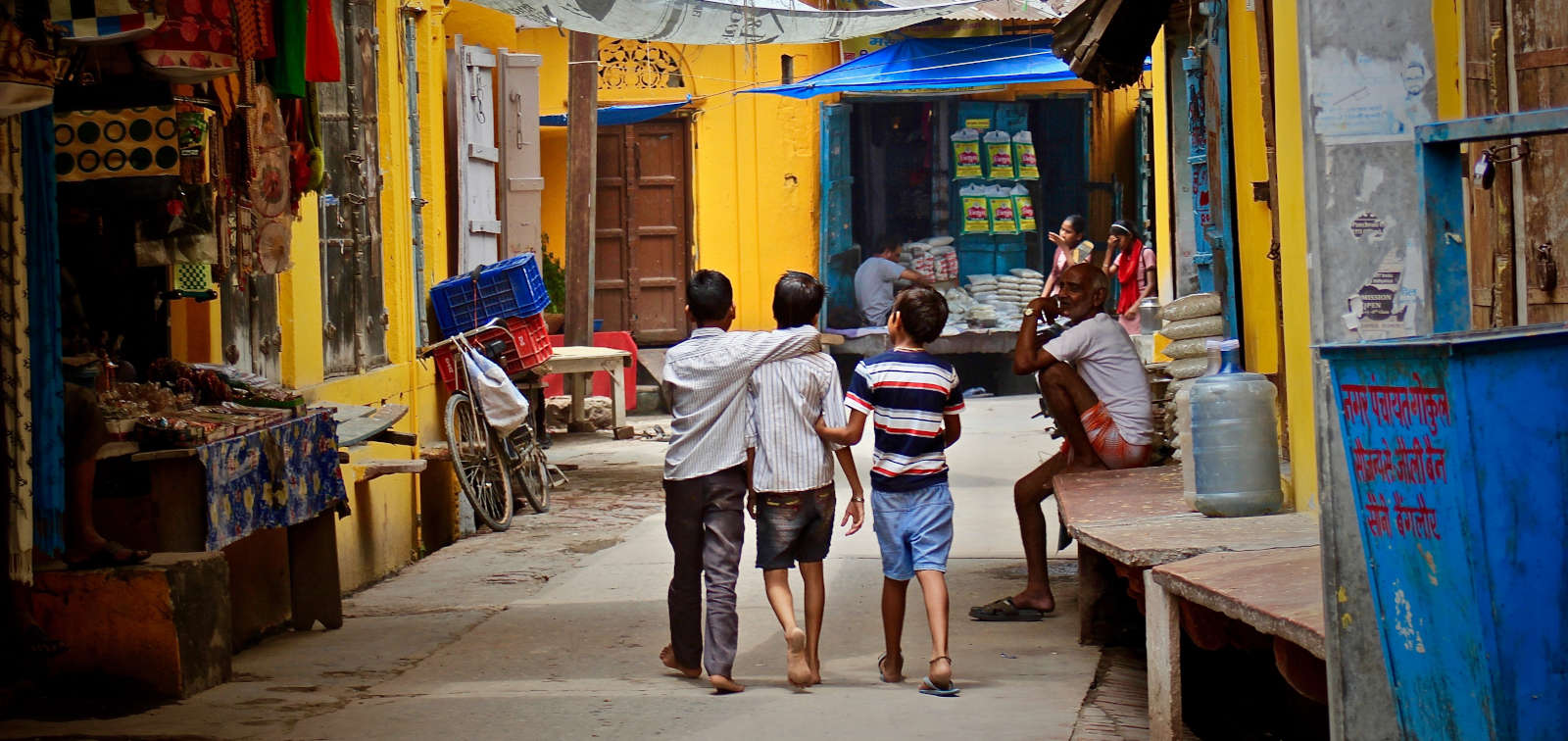Infections Contribute to More Than Half of Child Deaths in Developing Countries
CHAMPS, the world’s largest child health surveillance network, presents its initial findings on child mortality in low-income countries
18.06.2020
Child Health and Mortality Prevention Surveillance (CHAMPS), the world’s largest child health surveillance network, has published its initial scientific findings . The new study provides reliable data on the causes of death in children under five years of age and stillborn foetuses in five cities in Africa and Asia. At least one infectious pathogen was among the causes of death in 54% of the nearly one thousand cases analysed . The study, which appears in The Lancet Global Health, was led by the Barcelona Institute for Global Health (ISGlobal), a centre supported by the ”la Caixa” Foundation, together with Emory University in Atlanta and the US Centers for Disease Control and Prevention.
Minimally invasive autopsies were performed on 933 deceased neonates, children younger than five years and stillborn foetuses at five sites in Bangladesh, Kenya, Mali, Mozambique and South Africa. This autopsy method, developed several years ago by ISGlobal, allows the cause of death to be determined with high precision through the analysis of postmortem tissue samples. The method does not require highly specialised personnel or equipment.
Notably, the authors of the study were able to describe the entire chain of events leading to death. “Rather than focusing on a single underlying cause of death—which in many cases is non-specific—we have provided detailed cause-of-death information that starts with the underlying cause and includes all the subsequent disease stages and processes that eventually led to death,” commented ISGlobal researcher Quique Bassat, co-lead author of the study.
Two or more conditions were identified in the causal chain for 63% of cases and infection contributed to death in 54% of cases. “One of the key features of this study is the granularity of the data we obtained,” explained Bassat. “Were we able to identify the infectious pathogen or pathogens involved and associate them with the histopathological abnormalities observed in the organ tissue. This gave us an almost three-dimensional picture of the processes that led to death, and in a less invasive way than conventional autopsy techniques.”
The prevalence of Klebsiella pneumoniae as a contributory cause of child death was a key finding of the study. “We were surprised to find this bacterium, which is not usually listed as a cause of death in children, in a considerable number of cases of pneumonia, sepsis and meningitis,” commented Bassat. “This information could drive the development of new tools and strategies for the prevention or treatment of this pathogen .” Other pathogens identified in a considerable number of cases were Escherichia coli, Acinetobacter baumannii and cytomegalovirus.
Minimally Invasive Autopsy: A Key Tool in the Fight Against Child Mortality
Despite the decline in child mortality over the past few decades, an estimated 5.4 million children under five years of age continue to die and 2.5 million stillbirths occur worldwide each year, with sub-Saharan Africa and South Asia being the most heavily affected areas. In these regions, cause of death is typically determined on the basis of verbal autopsy interviews or, occasionally, death certificates, which can be imprecise. Although complete diagnostic autopsies are much more precise than the aforementioned techniques, numerous challenges stand in the way of their use, including low levels of cultural and religious acceptance—full autopsies can delay burial and alter the appearance of the deceased person—and the need for skilled personnel and specific resources. Minimally invasive autopsies are an effective alternative with a much higher level of social acceptability in these regions.
“A detailed understanding of all the factors involved in child deaths is essential to estimate the burden of disease, track global progress and develop efficient, cost-effective and, most importantly, evidence-based policies to combat child mortality,” concluded Bassat. “The CHAMPS studies will mark a turning point in these efforts, since they provide crucial information for the design and implementation of life-saving health interventions.”
Reference
Allan W Taylor*, Dianna M Blau*, Quique Bassat*, Dickens Onyango, Karen Kotloff, Shams El Arifeen, Inacio Mandomando, Richard Chawana, Vicky Baillie, Victor Akelo, Milagritos Tapia, Navit Salzberg, Adama Keita, Timothy Morris, Shailesh Nair, Nega Assefa, Anna Seale, Anthony Scott, Reinhard Kaiser, Amara Jambai, Beth Barr, Emily S Gurley, Jaume Ordi, Sherif R Zaki, Samba O Sow, Farzana Islam, Afruna Rahman, Scott F Dowell, Jeffrey P Koplan, Pratima L Raghunathan, Shabir A Madhi, Robert F Breiman, for the CHAMPS Consortium. Initial findings from a novel population-based child mortality surveillance approach (CHAMPS): a descriptive study . Lancet Global Health 2020.
*Shared co-first authorship



